1. Bloodletting for Balance

For centuries, people believed that letting out blood could cure almost anything, from headaches to fevers. The idea was that the body had four humors—blood, phlegm, black bile, and yellow bile—and when they were out of balance, sickness followed. Doctors and barbers alike performed bloodletting, sometimes using leeches or sharp instruments to drain a patient. It sounds terrifying now, but it was considered the height of medical knowledge.
The practice could be incredibly dangerous, often leaving people weaker and sometimes even hastening death. Yet, it was so ingrained in society that famous figures like George Washington underwent bloodletting treatments. Instead of helping, it likely worsened his condition. It’s wild to think people trusted in this method for centuries when today we know losing blood isn’t a cure, but often a threat to survival.
2. Drinking Mercury
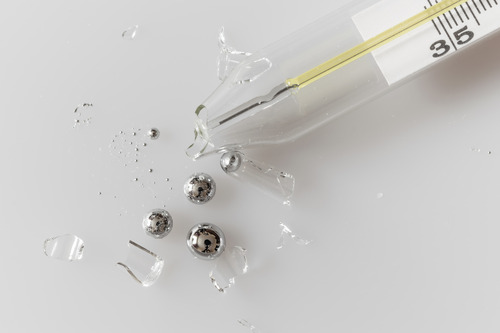
Once upon a time, mercury wasn’t seen as the dangerous substance we know today. Instead, it was thought to have healing powers. Ancient Chinese alchemists believed mercury could prolong life, and in Europe, some thought it could treat syphilis. People would willingly ingest or apply mercury mixtures, trusting that it was a miracle cure.
Unfortunately, mercury poisoning is no joke, causing tremors, memory loss, and even death. Many who took it for “health” likely suffered even worse symptoms than the illnesses they were trying to cure. It’s one of those historical rituals that shows how little people understood about toxicity. Instead of health, mercury often delivered tragedy.
3. Smoking for Asthma
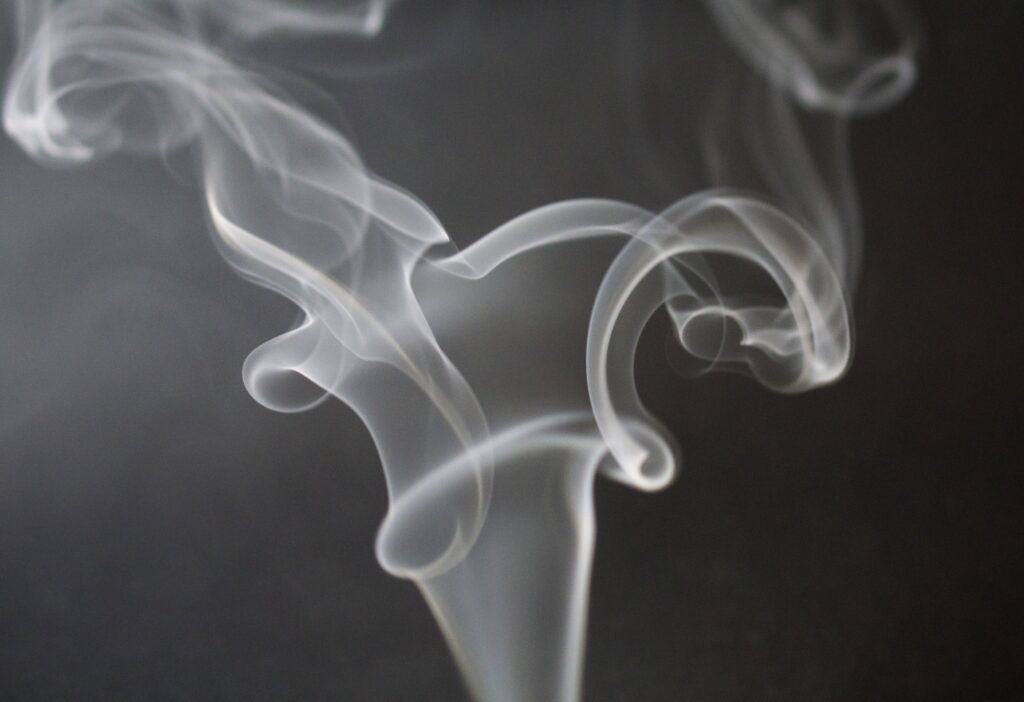
Believe it or not, some doctors once recommended smoking as a treatment for asthma. The logic was that inhaling smoke from certain herbs, or even tobacco, could open up the airways. Special “asthma cigarettes” were sold in pharmacies, and they were advertised as soothing to the lungs.
Of course, we now know smoking makes breathing issues far worse. Inhaling smoke actually irritates the lungs and can trigger asthma attacks. The fact that it was marketed as medicine feels shocking today, especially when we think about how many people trusted it as a genuine cure. What was thought to be healing was actually just fueling the problem.
4. Snake Oil Tonic
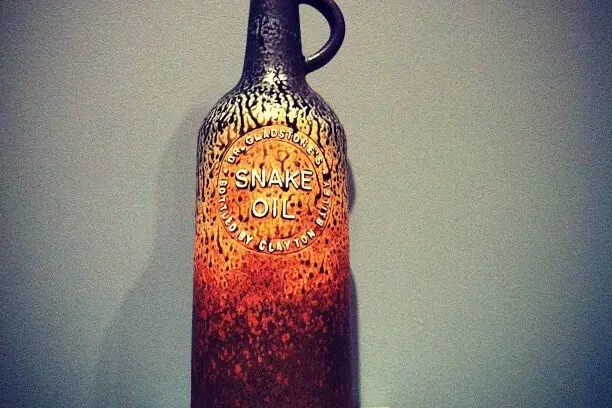
“Snake oil salesman” has become a term for a fraud, but at one time, snake oil tonics were marketed as real cures. Traveling salesmen would peddle bottles of mystery liquid, promising to heal everything from joint pain to indigestion. Some versions did contain oil from snakes, but most were just made of cheap ingredients like mineral oil or alcohol.
People would line up at fairs and markets to buy these miracle bottles, desperate for relief from their ailments. The placebo effect probably played a role in making them feel better, but there was no true medical benefit. The craze lasted long enough that the phrase still lingers today. It’s a reminder that desperate people will always chase a cure, no matter how strange it sounds.
5. Wearing Amulets Against Plague
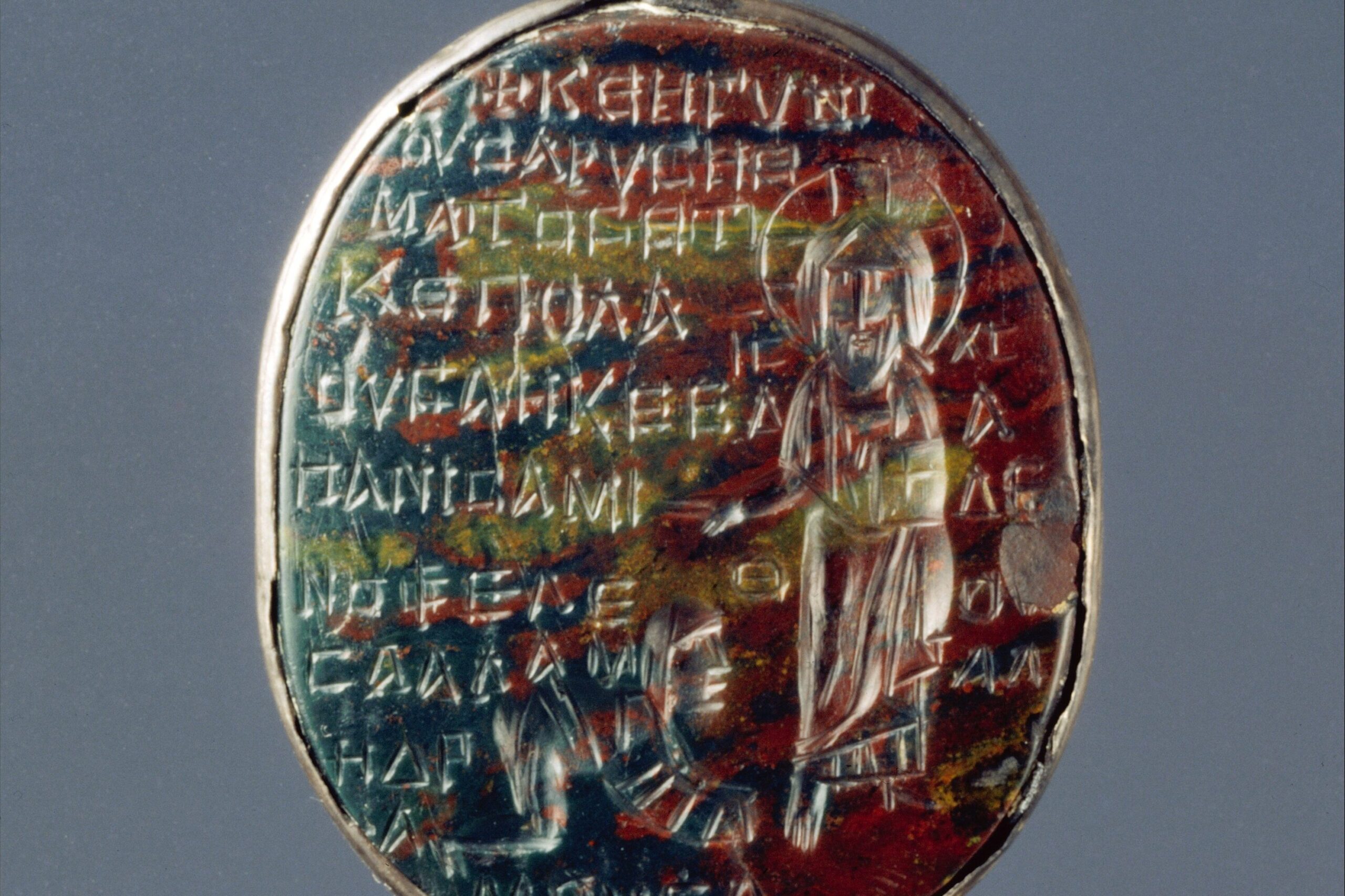
During the Black Death and other outbreaks, people wore amulets or charms to keep themselves safe. Some were engraved with prayers, while others contained herbs or even strange powders. The belief was that these objects could ward off evil spirits or disease itself. Families often made them at home or bought them from local healers.
Though the practice gave comfort, the amulets had no real protective power. The plague was spread by fleas and unsanitary conditions, things the charms couldn’t address. Still, at a time when no one understood germs, wearing a protective trinket felt like taking control. It’s easy to see why the ritual gave people hope, even if it offered no real defense.
6. Eating Ground-Up Mummies
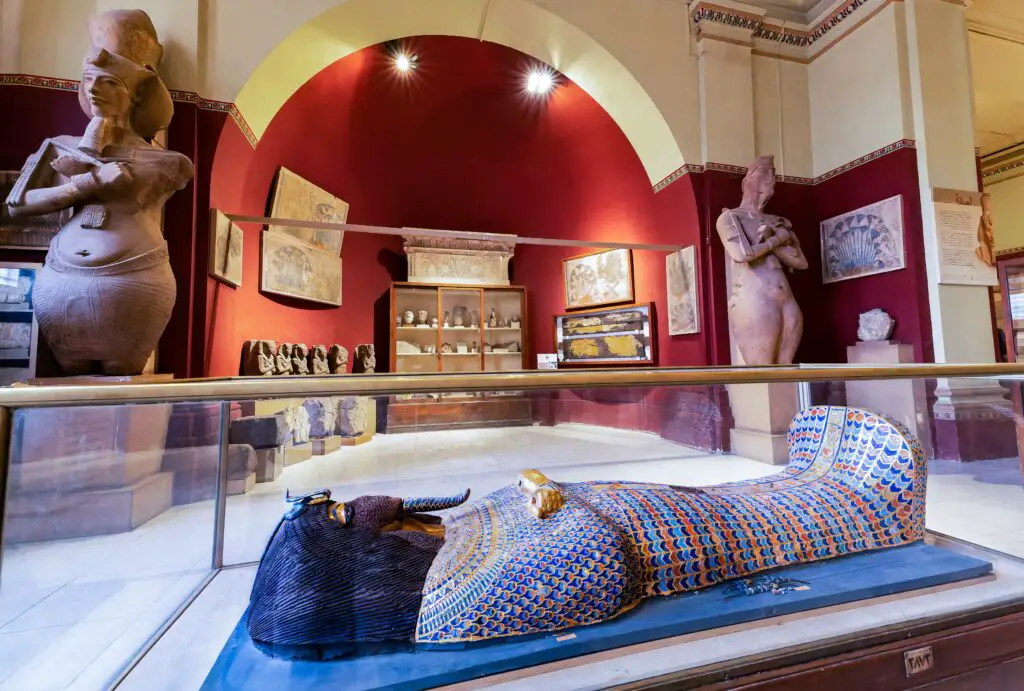
In medieval Europe, ground-up mummy parts were sold as medicine. Traders imported mummified remains from Egypt, and pharmacists ground them into powders. People believed the remains contained healing energy, especially for headaches and stomach issues. Kings and nobles even paid high prices for what they thought was a life-restoring remedy.
Looking back, it’s both morbid and disturbing. Not only was it ineffective, but it also showed how desperate people were for cures. The practice even led to grave robbing and counterfeit “mummies” made from corpses in Europe. It’s one of the strangest chapters in medical history, mixing superstition with outright exploitation.
7. Drinking Radium Water
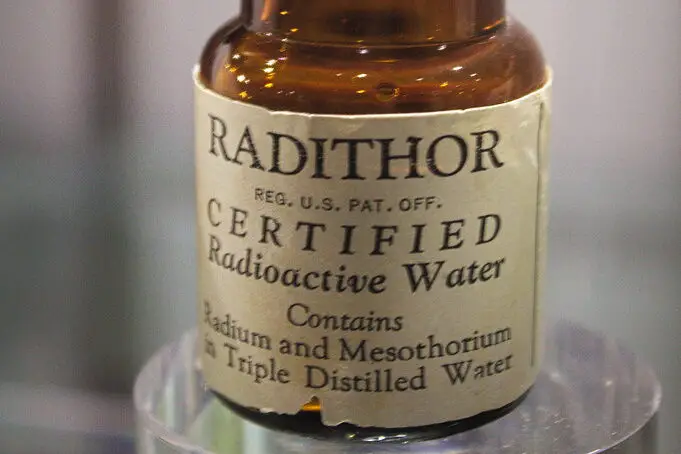
When radium was first discovered, it was hailed as a miracle element. Companies bottled “radium water” and sold it as a tonic for energy, vitality, and healing. Some believed it could cure arthritis and even boost sexual performance. Wealthy people bought it as a health luxury, sipping glowing water with total confidence.
The tragic truth was that radium is highly radioactive. Instead of improving health, it caused bone decay, anemia, and death. The most famous case was Eben Byers, a wealthy businessman who drank gallons of radium water and suffered a gruesome death. It’s one of the starkest examples of how new discoveries can be misused when people don’t understand the risks.
8. Purging with Emetics

For centuries, people believed that vomiting was a way to cleanse the body. Doctors prescribed emetics, substances that induced vomiting, for illnesses ranging from food poisoning to fevers. The belief was that bad humors or toxins needed to be expelled. Patients would drink mixtures designed to make them violently sick, and afterward, they were told they were “cleansed.”
Of course, this didn’t treat the root causes of most illnesses. In fact, it often left patients dehydrated and weaker than before. But at a time when medical understanding was limited, it felt like taking action. The ritual of purging gave the illusion of health by forcing a dramatic physical reaction, even though it rarely helped.
9. Sun Bathing for Tuberculosis

In the early 1900s, before antibiotics, sunlight was seen as a cure for tuberculosis. Sanatoriums were built with wide verandas where patients would spend hours wrapped in blankets, soaking up the rays. Doctors insisted that sunlight had healing properties, believing it could kill the disease.
While sunlight can boost vitamin D and improve mood, it wasn’t enough to stop TB. Still, many patients found comfort in the fresh air and natural light, which may have eased their suffering. The ritual didn’t cure the disease, but it did highlight how strongly people connected nature with healing. In a way, it was a gentle precursor to modern therapies.
10. Dancing Plagues
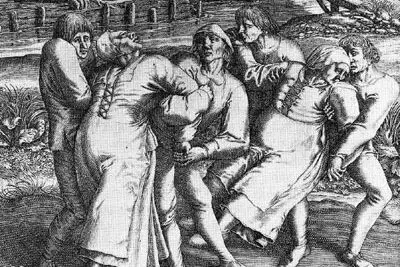
Throughout medieval Europe, there were outbreaks of “dancing plagues,” where groups of people would dance uncontrollably for days. Some believed it was a ritual cure, a way to shake off illness or bad luck. Others thought it was caused by curses or possession, and the only way to survive was to keep dancing.
The scenes were chaotic, with people collapsing from exhaustion, injuries, and even death. Yet, the belief persisted that the ritual was linked to health and survival. Today, historians think it was likely caused by mass hysteria or contaminated food. Whatever the cause, the ritual of dancing as a cure is both fascinating and chilling.
11. Urine Therapy
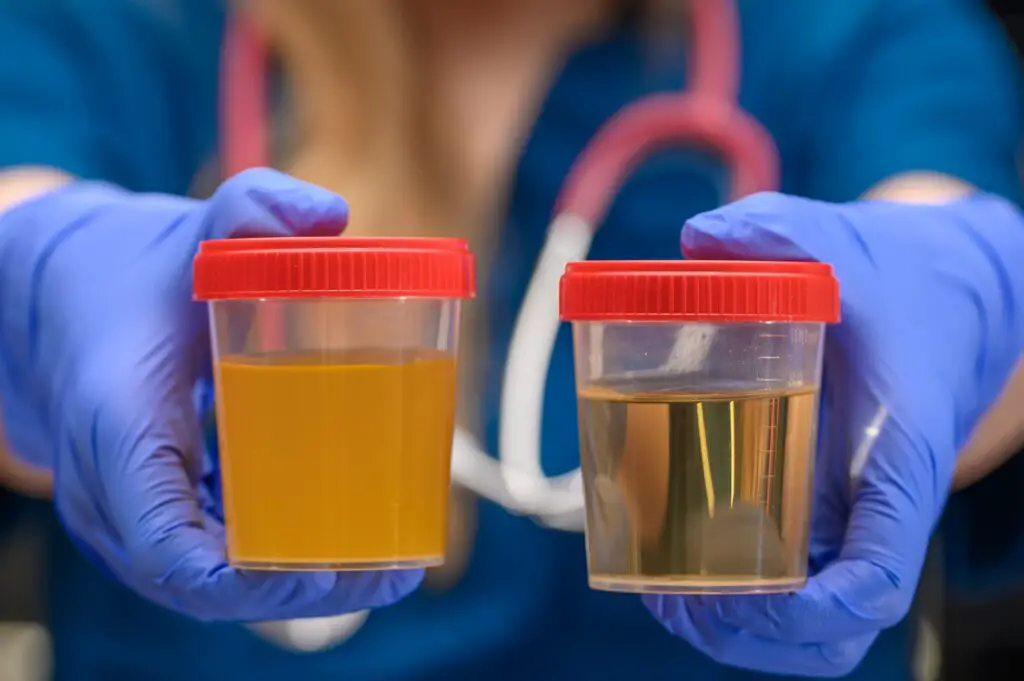
Believe it or not, some cultures practiced drinking or applying urine for health. The idea was that it could cleanse the body, heal wounds, or prevent disease. In some traditions, fresh urine was considered especially potent and was even used as mouthwash.
Modern science shows no real benefit to this, though urine is sterile when it first leaves the body. Still, it doesn’t contain anything that promotes healing. The practice may have survived so long because it was always readily available and free. It’s one of the stranger rituals that makes you appreciate modern medicine all the more.
12. Powdered Rhinoceros Horn

In parts of Asia, powdered rhino horn was once prized as a cure-all. It was believed to reduce fevers, detoxify the body, and even boost virility. Ground into a fine powder, it was mixed with water or tea and consumed like medicine. Because of these beliefs, rhinos were hunted relentlessly, driving populations to the brink of extinction.
There’s no scientific basis for the claims—rhino horn is made of keratin, the same material as human nails. But cultural traditions kept the ritual alive for centuries. Even today, illegal trade continues in some places. It’s an example of how deeply held beliefs in health rituals can have devastating consequences for both people and wildlife.
13. Trepanation
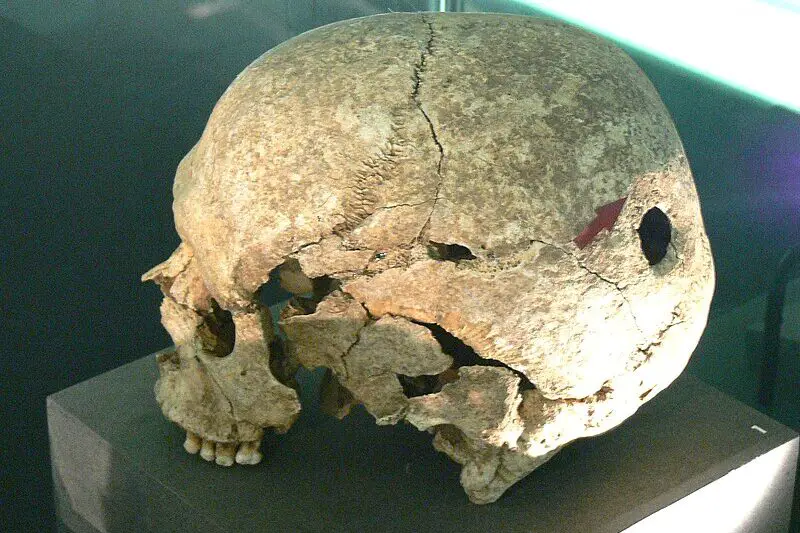
One of the oldest known medical practices was drilling holes into the skull, a ritual known as trepanation. Ancient people believed it could release evil spirits, cure headaches, and treat seizures. Archaeological evidence shows that some patients even survived the procedure, as their skulls show signs of healing.
It’s a terrifying thought now, but at the time it was a serious health ritual. Without anesthesia or sterile tools, the risk of infection and death was enormous. Still, the fact that it was practiced worldwide shows how universal the belief was. People were willing to go to extreme lengths for the promise of relief.
14. Tooth Worm Removal
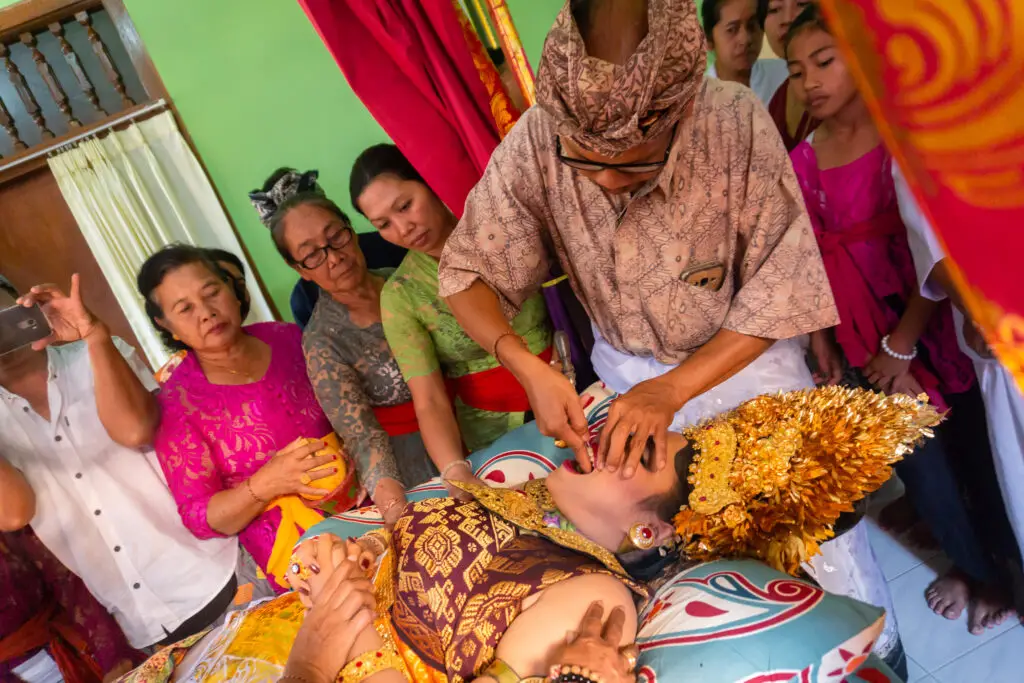
In the past, toothaches were often blamed on tiny “tooth worms.” The ritual cure was to smoke them out, either by applying heated herbs or blowing smoke into the mouth. Some people even believed they could see the worms wriggling when the tooth decayed. The treatment was painful and often made things worse.
Of course, cavities are caused by bacteria, not worms. But the tooth worm theory was popular for centuries, shaping dental rituals across cultures. The treatments never worked, but they reveal how people tried to make sense of what they couldn’t see. It’s strange to imagine a time when tooth pain was seen as a battle with invisible creatures.
15. Eating Dirt

In various cultures, eating clay or dirt was believed to cleanse the body. The practice, called geophagy, was thought to help with digestion, absorb toxins, and provide minerals. Some even recommended it to pregnant women as a way to protect their health.
While certain clays can bind to toxins, eating dirt often introduced parasites and harmful bacteria. Still, the ritual persisted in many places, blending health beliefs with cultural traditions. It’s one of those practices that straddles the line between science and superstition. Today, it mostly lingers in isolated traditions, but it reminds us how creative people once got when chasing health.
